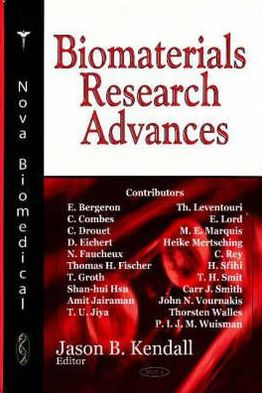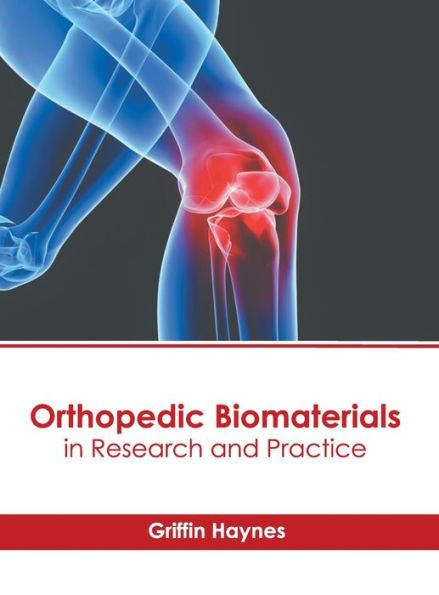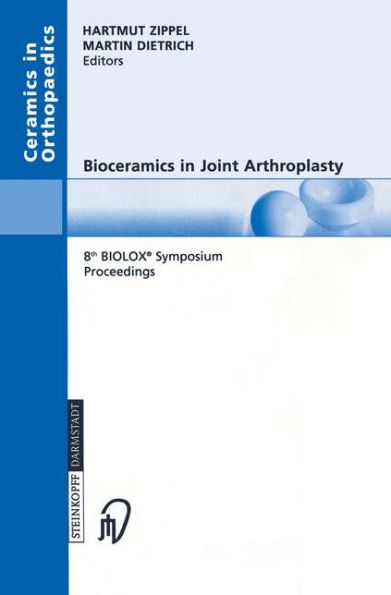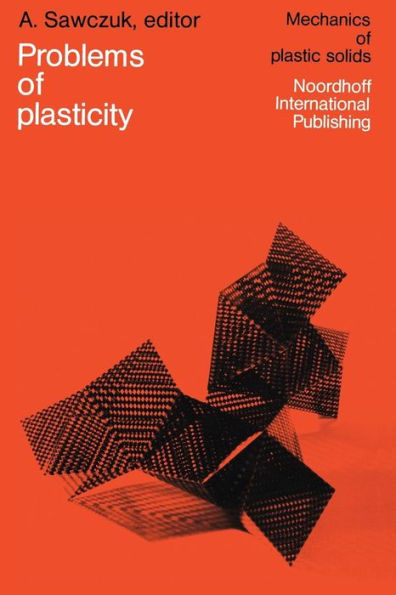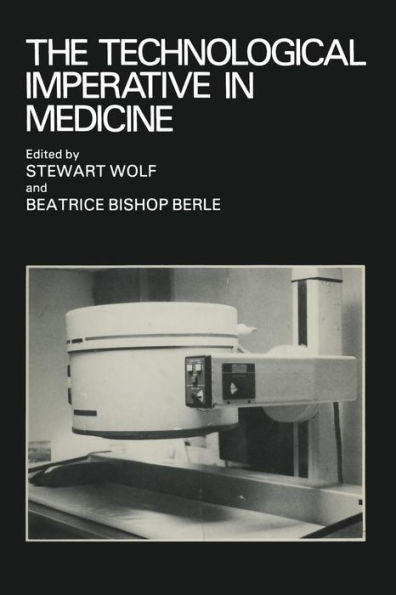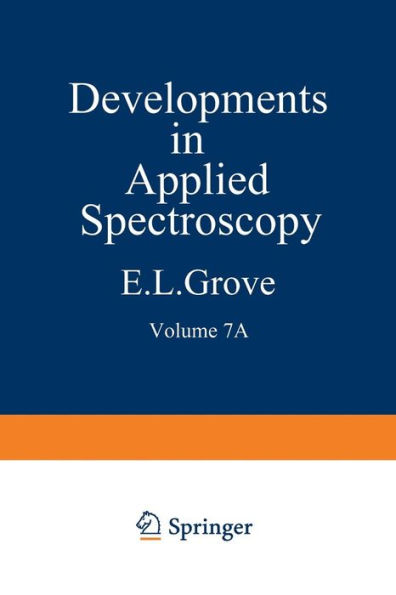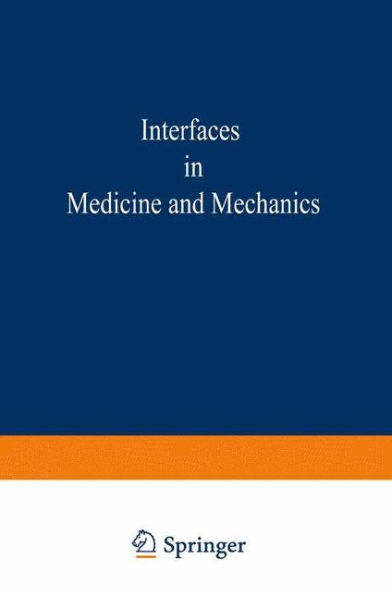Home
Biomaterials: Proceedings of a Workshop on the Status of Research and Training in Biomaterials held at the University of Illinois at the Medical Center and at the Chicago Circle, April 5-6, 1968
Loading Inventory...
Barnes and Noble
Biomaterials: Proceedings of a Workshop on the Status of Research and Training in Biomaterials held at the University of Illinois at the Medical Center and at the Chicago Circle, April 5-6, 1968
Current price: $54.99


Barnes and Noble
Biomaterials: Proceedings of a Workshop on the Status of Research and Training in Biomaterials held at the University of Illinois at the Medical Center and at the Chicago Circle, April 5-6, 1968
Current price: $54.99
Loading Inventory...
Size: OS
*Product Information may vary - to confirm product availability, pricing, and additional information please contact Barnes and Noble
Essentially three groups of research workers are concerned with biomaterials. The biophysicists, the biochemists and some bioengineers (particularly the metallurgists) are engaged in a study of the basic properties of engineering materials suitable for medical use and of biological mate rials. The bioengineers in general as part of a team are engaged in developing new devices suitable for medical purposes including implantable devices; spectacular examples of such devices are artificial kidney and mechanical heart. The medical people, dentists, surgeons and others, play an important role in developing criterions for the biomaterials, in the eValuation of such materials in physiological environment and as consumers of biomaterials. This workshop was an effort to bring together representatives of the above groups to ex change experiences and viewpoints in regard to both research and training in this rapidly developing and vital area. The individual presentations are some typical examples of biomaterials research. There are numerous other examples but basically they fall into three categories: materials in medicine, biological materials, and semi-artificial materials derived from biological sources. As a whole, the book provides a comprehensive but not exhaustive picture of the present state of affairs in the field of biomaterials. To the educators the discussion on training should be of particular interest. Those concerned with scientific adminis trations and policy would find the section on the interaction between government, industry and university very valuable.

